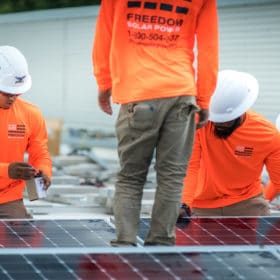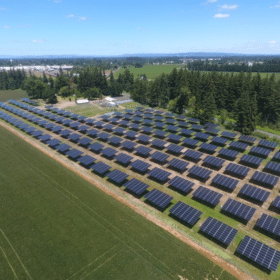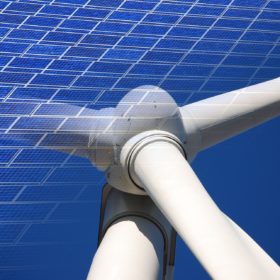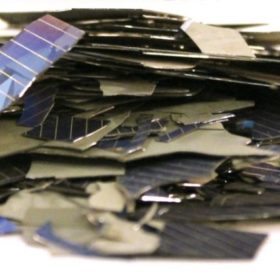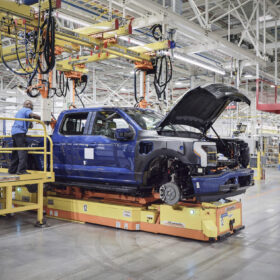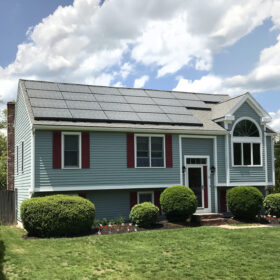Spotlight on the Southeast: Equity drives a clean energy future
Leaders from across the solar industry came together at Solar & Energy Storage Southeast 2021 in Atlanta to discuss efforts to diversify the workforce and break down traditional barriers.
Middlebury College closes in on renewable energy goal with solar installation
The installation will provide the College with about 30% of its total electricity usage and bring Middlebury to 100% renewable power upon completion.
Controversial renewable bill passes North Carolina Legislature
The bill’s long-term commitments reduced oversight for Duke Energy outweigh the renewable capacity increases and coal retirements it promises, according to those against it.
DOE wants to power 5 million homes with community solar by 2025
the goal represents a 700% increase in installed community solar capacity and comes with the tandem goal of creating $1 billion in energy bill savings.
California can cut power costs almost 20% by moving its RPS to 2040
Accelerated and unprecedented additions of renewable generation and energy storage will be needed, but the cost of making the shift is far lower than the status quo, a report argues.
China’s electric power woes cast clouds on U.S. solar’s near-term future
The solar manufacturing supply chain is among the Chinese industries hit by a combination of soaring power demand, coal shortages for power generation, and carbon emission reduction measures.
Renewable generation hit an all-time high in the first half of 2021
Solar is growing at an unrivaled rate, and wind is now the nation’s largest single renewable energy source.
Clean Energy Group awards $1 million for solar + storage in underserved communities
The funds have led to the completion of 30 solar + storage projects in low-income communities, with 63 more on the way.
Aging solar panels present an opportunity for a circular economy
Analysts at NREL modeled PV recycling strategies and found that current incentives are not well-aligned to drive recycling.
McDonald’s, eBay sign up to purchase solar from 345 MW Louisiana project
The two companies have signed on to purchase shares of the energy generated by Lightsource bp’s upcoming 345 MW Ventress Solar project.
